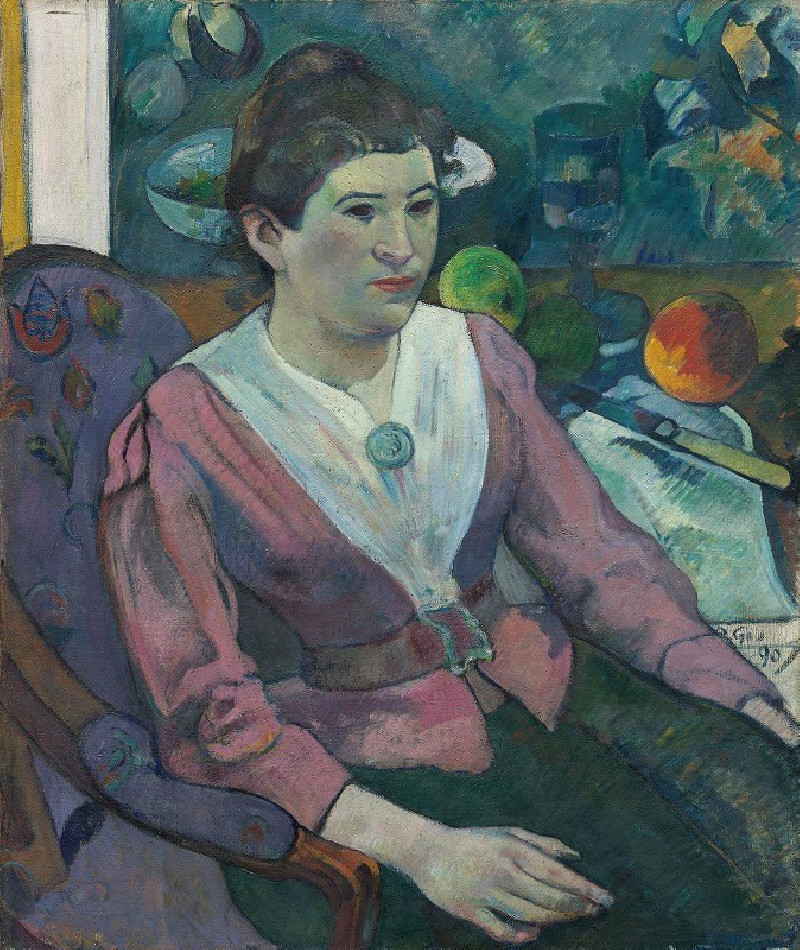The Loss of Virginity (1890-1891)
Technique: Giclée quality print
Recommended by our customers
More about this artwork
Paul Gauguin's painting "The Loss of Virginity" (1890-1891) is a captivating visual narrative that delves into themes of adolescence, innocence, and transformation. At first glance, the painting presents a surreal landscape that is split into vibrant sections of earthy colors. The central focus of the artwork is a reclining nude female figure stretched across the foreground. She lies serenely on a brown cloak, her form illuminated against the darker background. Above her, a mystical fox-like creature delicately places its paw on her throat, invoking a sense of both intimacy and foreboding.In the background, the landscape transitions through hues of green, pink, and blue, where a procession of figures is seen moving along a winding path. The sea stretches across the horizon, its deep blue echoing the vastness and mystery of the scene. Gauguin's use of bold colors and fluid lines contributes to the ethereal quality of the painting, making it one of his more enigmatic works.This painting, characteristic of Gauguin's post-impressionistic style, employs symbolism to explore profound themes. The fox, often a symbol of cunning, may represent the deception or trickery associated with the loss of innocence. The procession in the distance could imply the societal journey from innocence to experience. By juxtaposing the peaceful figure with a symbolically charged animal, Gauguin invites viewers to reflect on the complexities of growing up and the rites of passage into adulthood.
Delivery
Returns
Eugène Henri Paul Gauguin was a French Post-Impressionist artist. Unappreciated until after his death, Gauguin is now recognized for his experimental use of color and Synthetist style that were distinct from Impressionism. Toward the end of his life, he spent ten years in French Polynesia. The paintings from this time depict people or landscapes from that region.

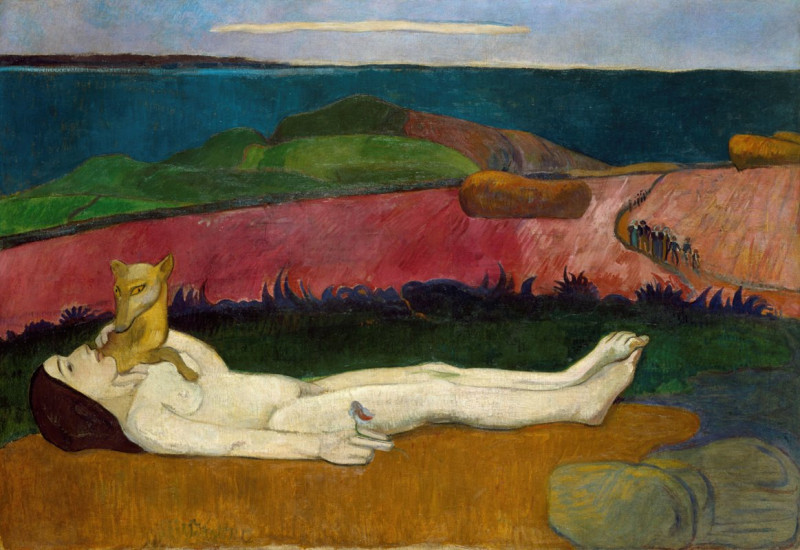
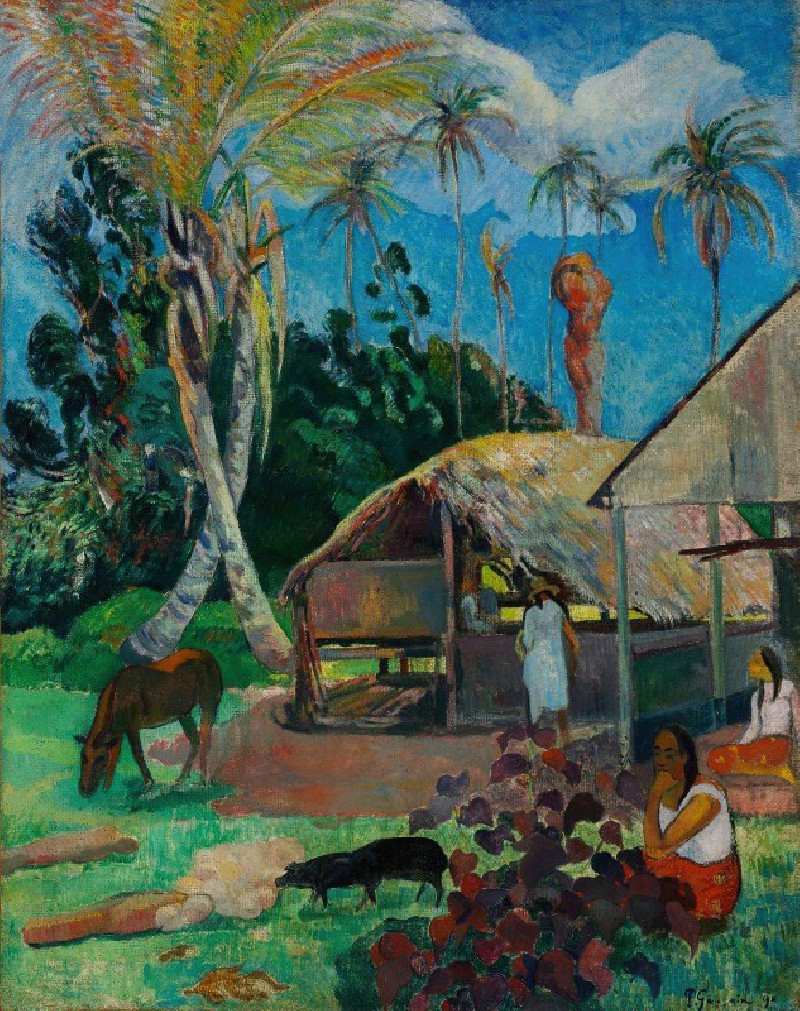
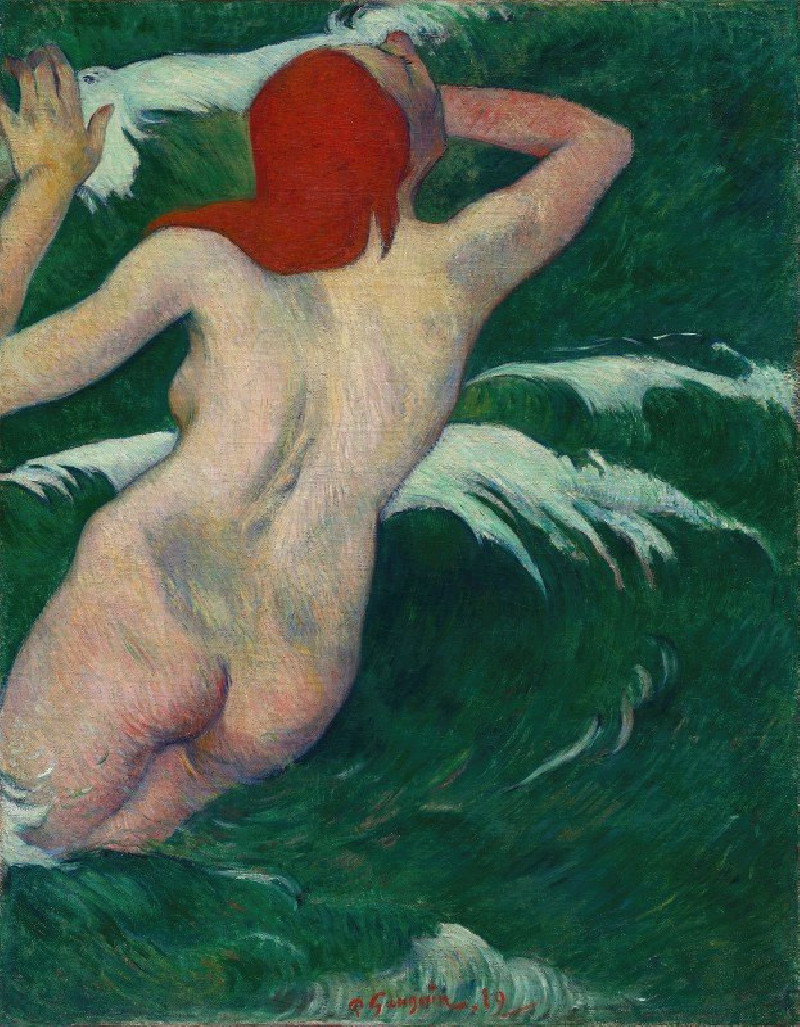
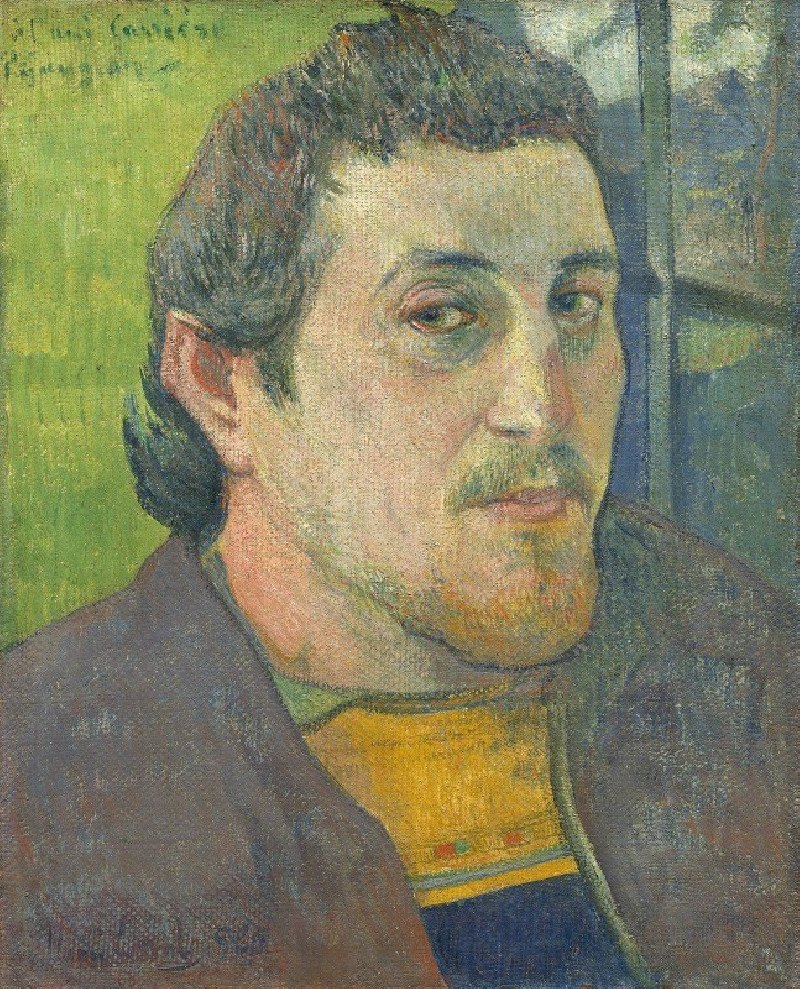
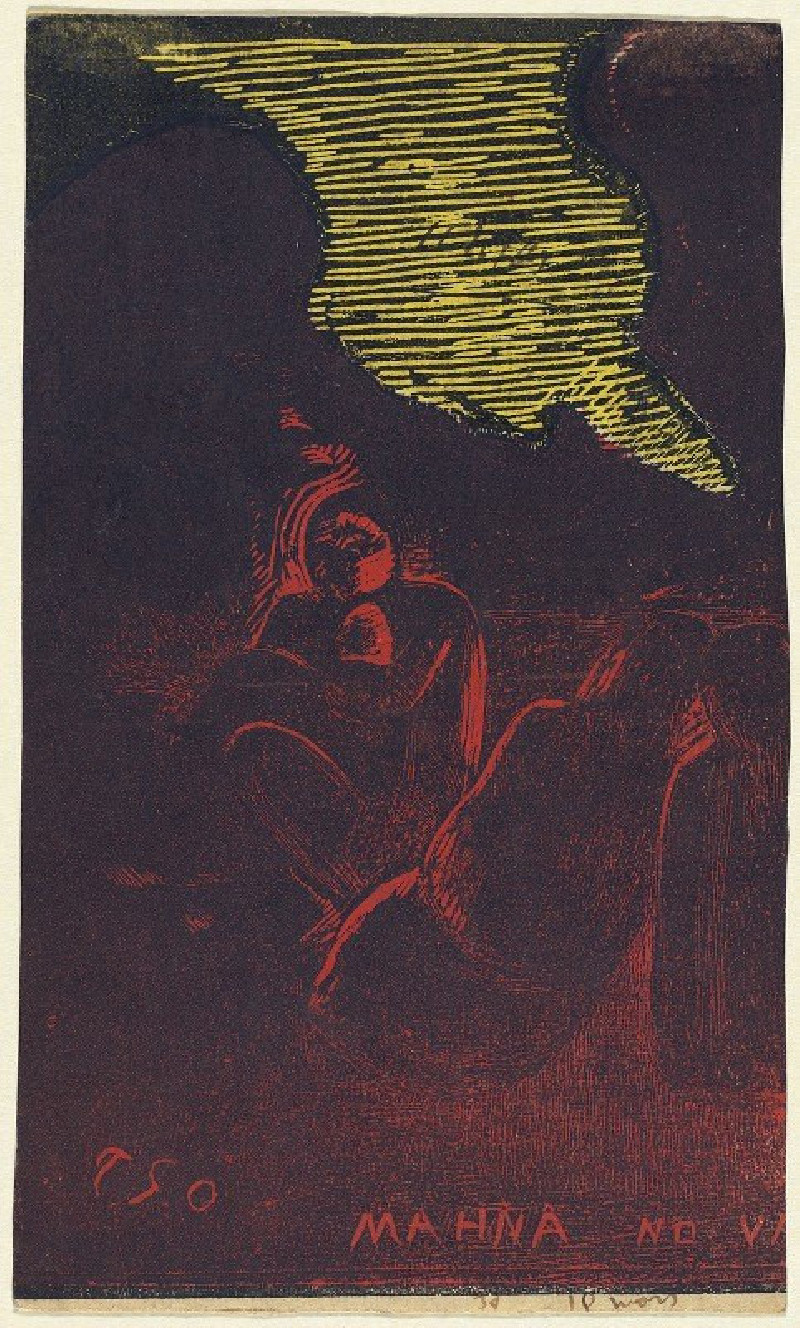
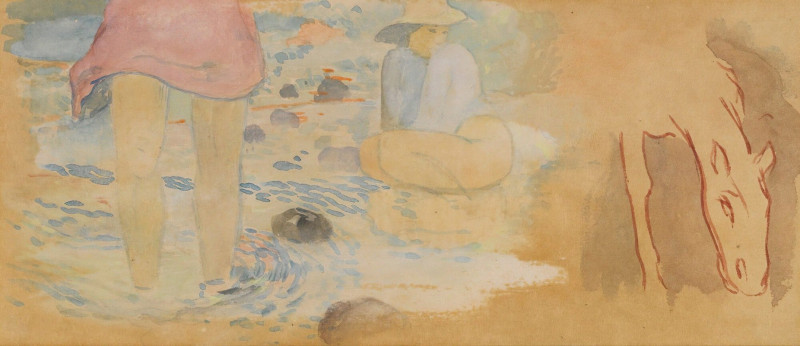
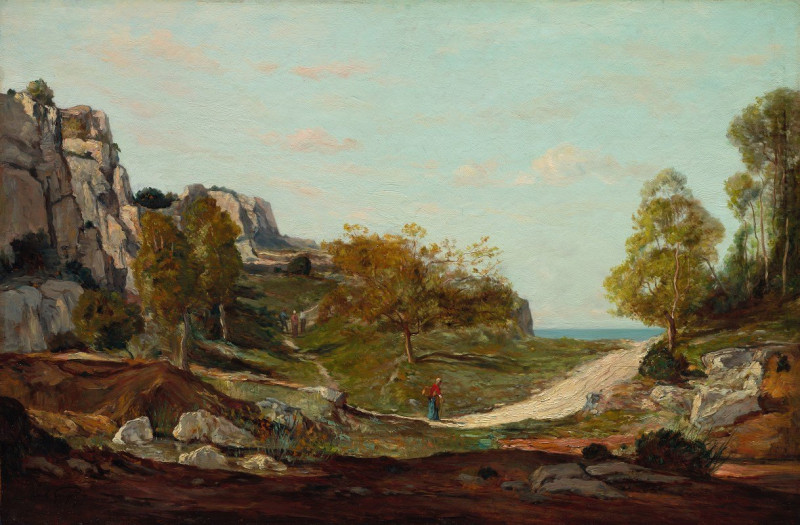
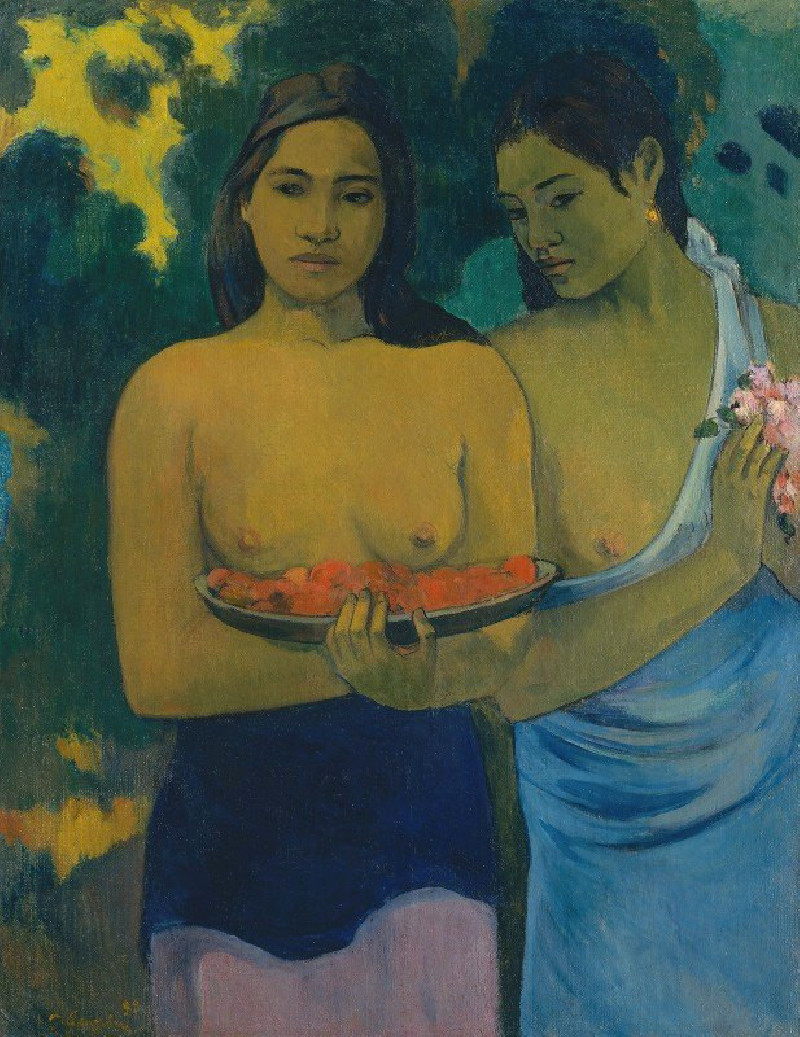
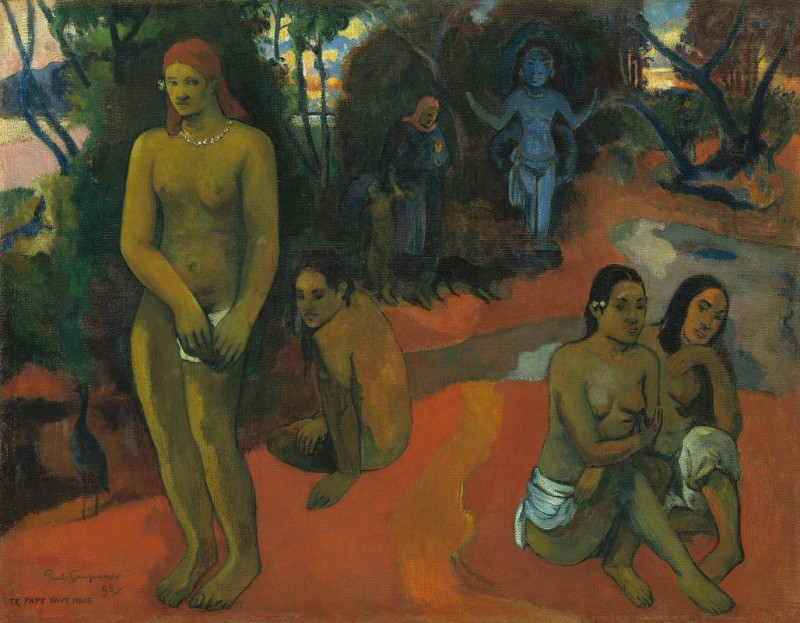
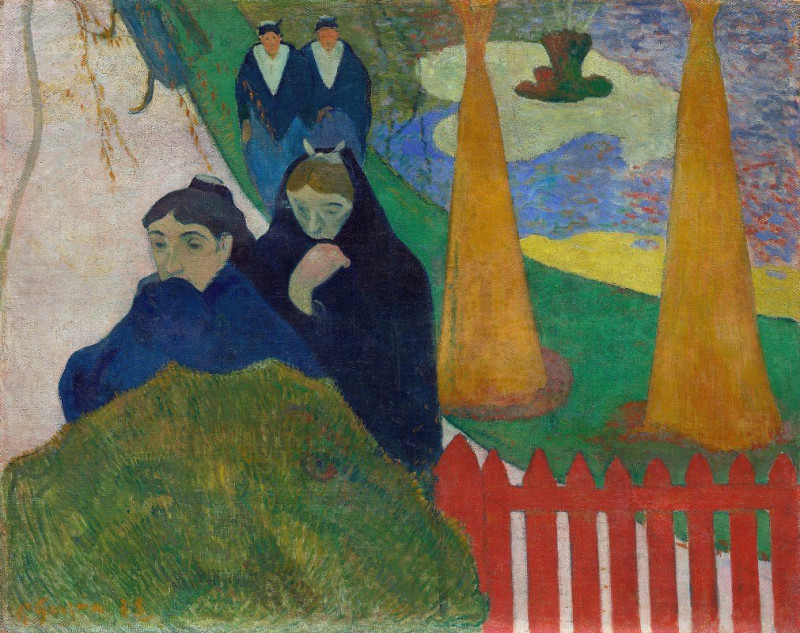
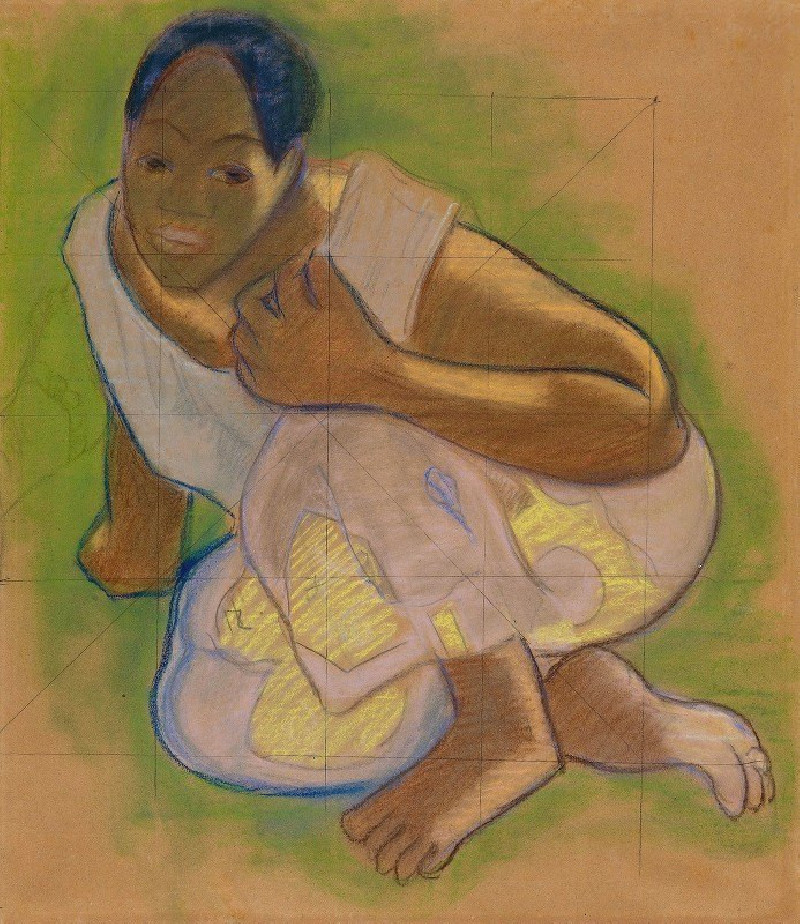

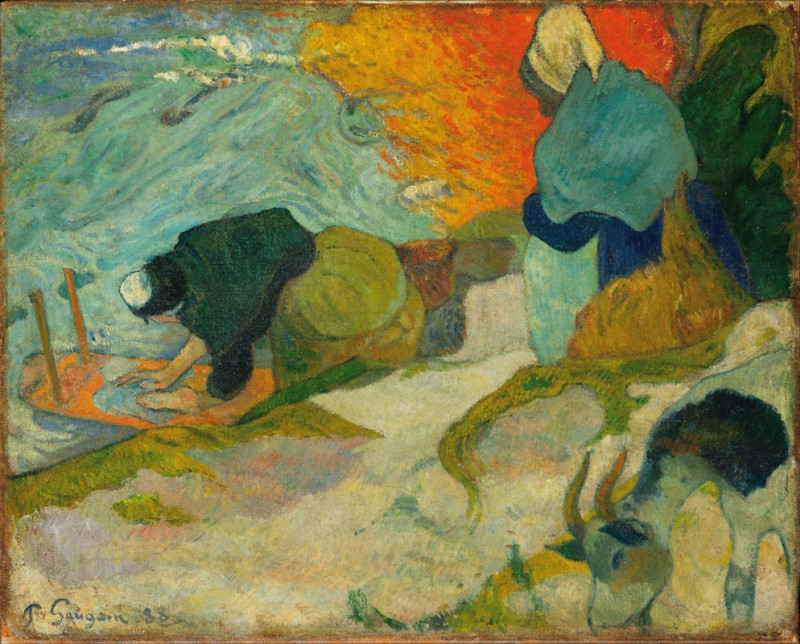
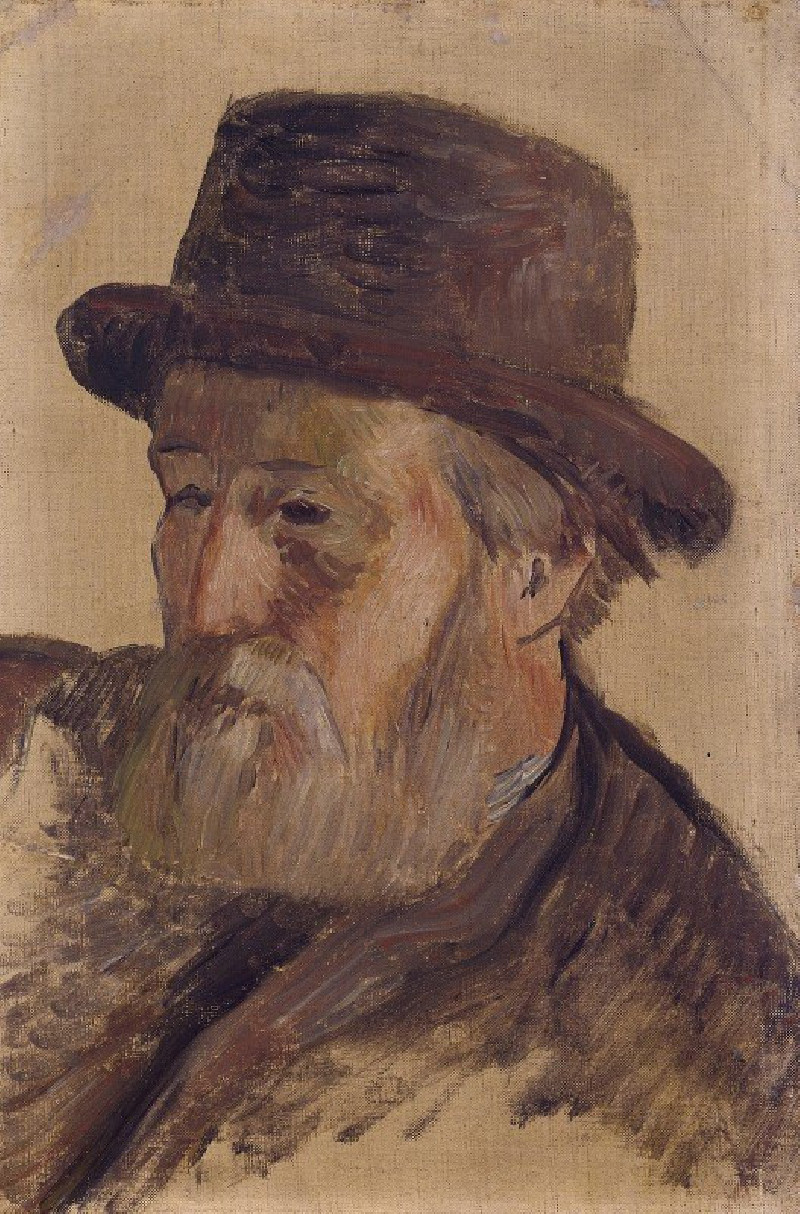
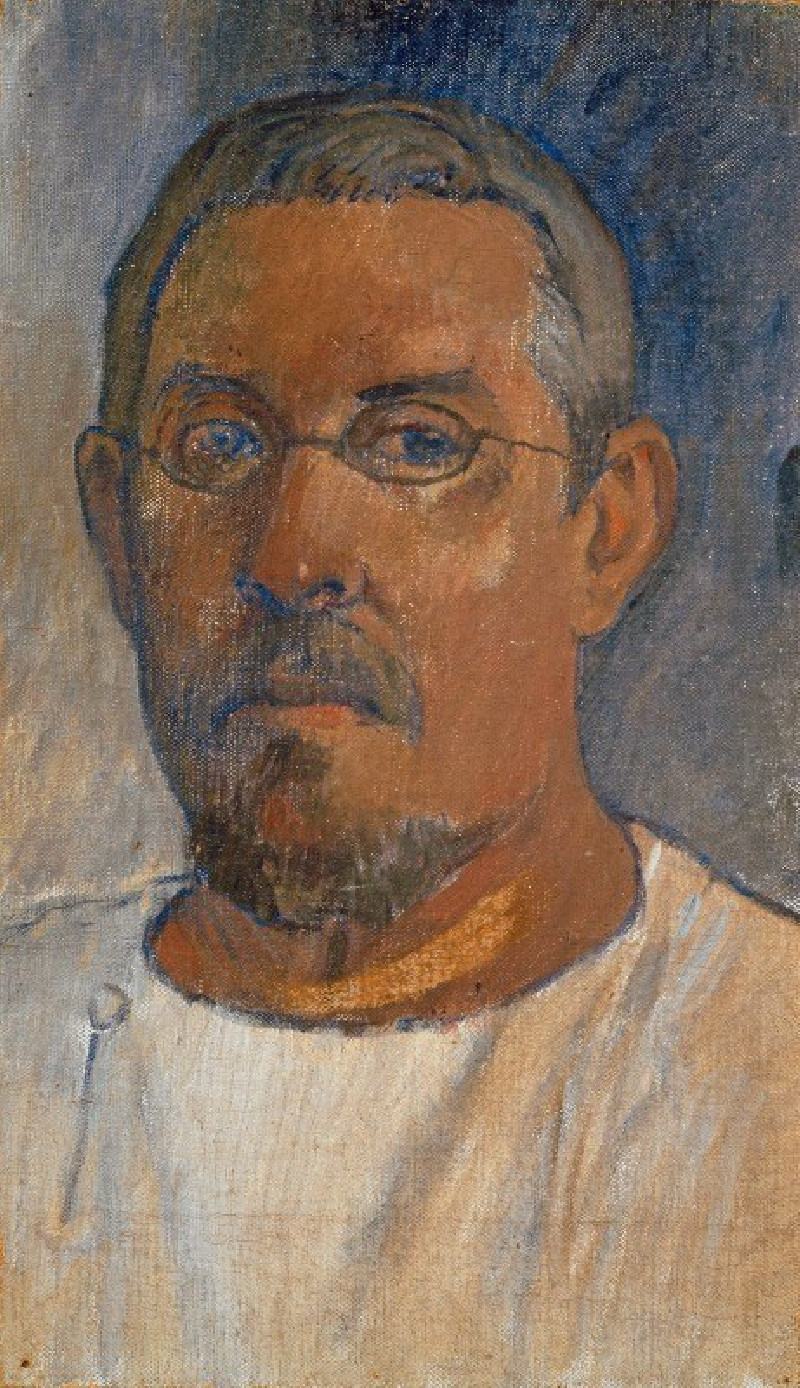

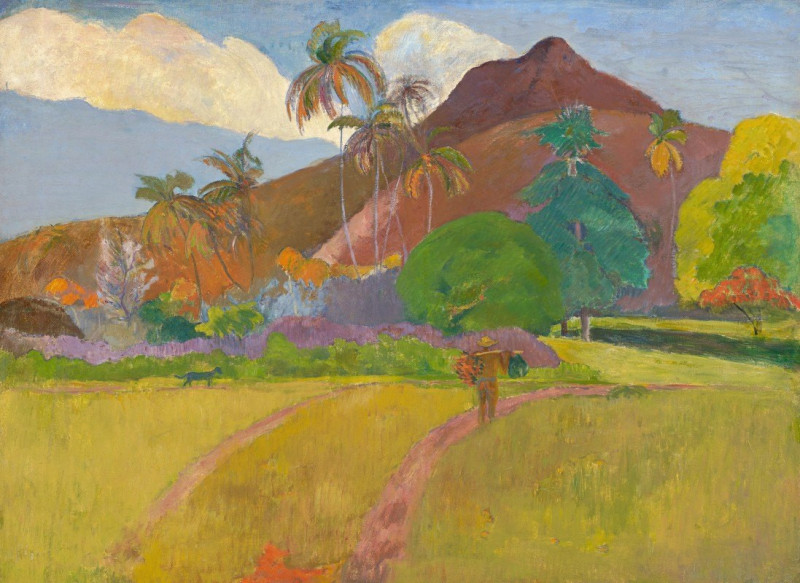
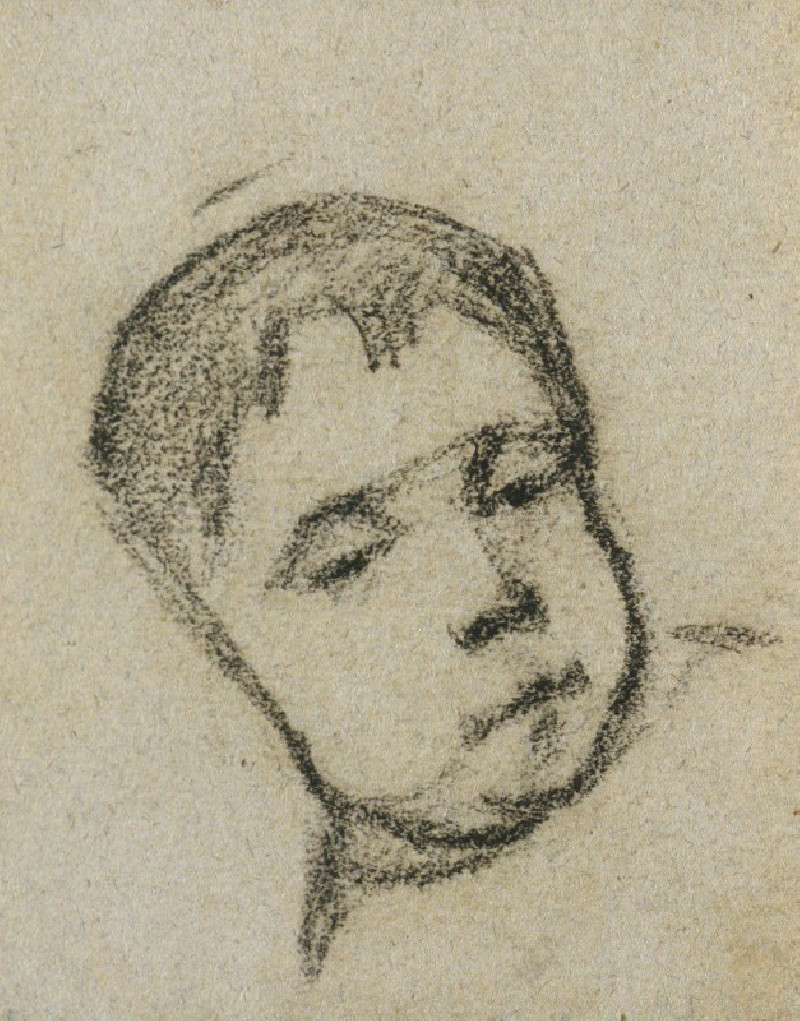

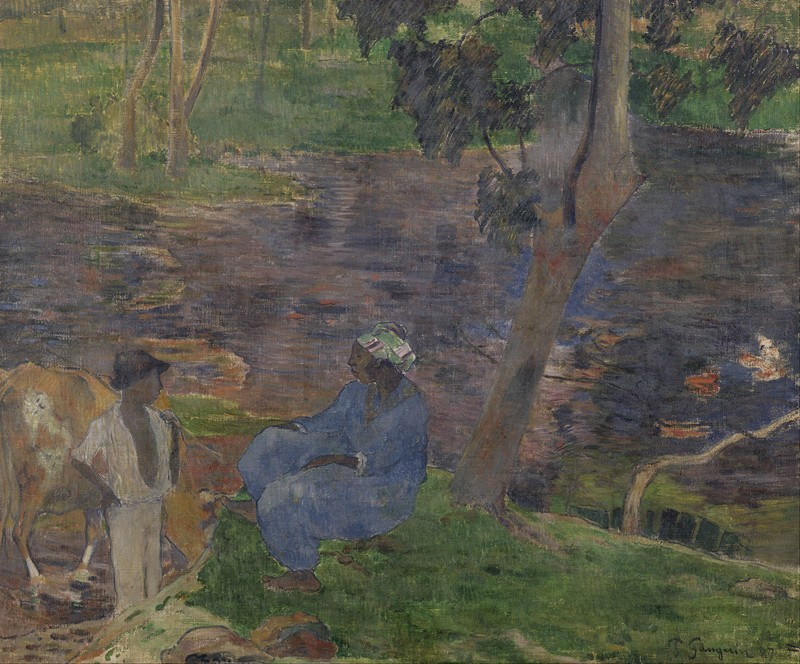

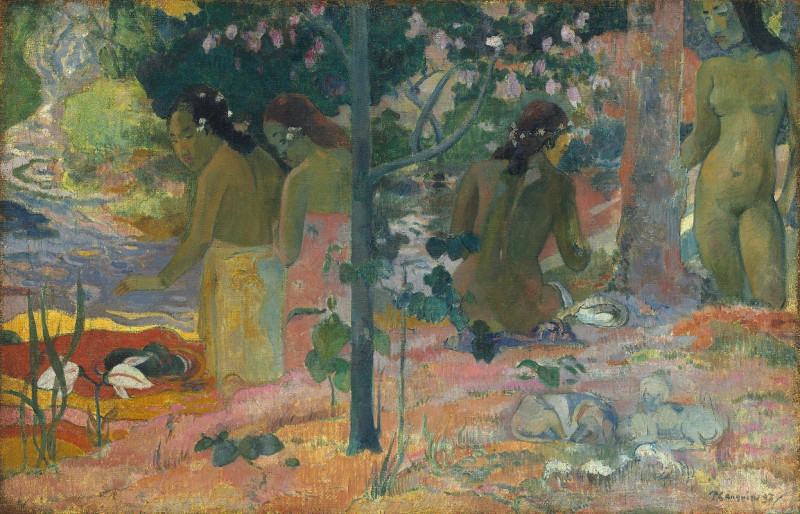


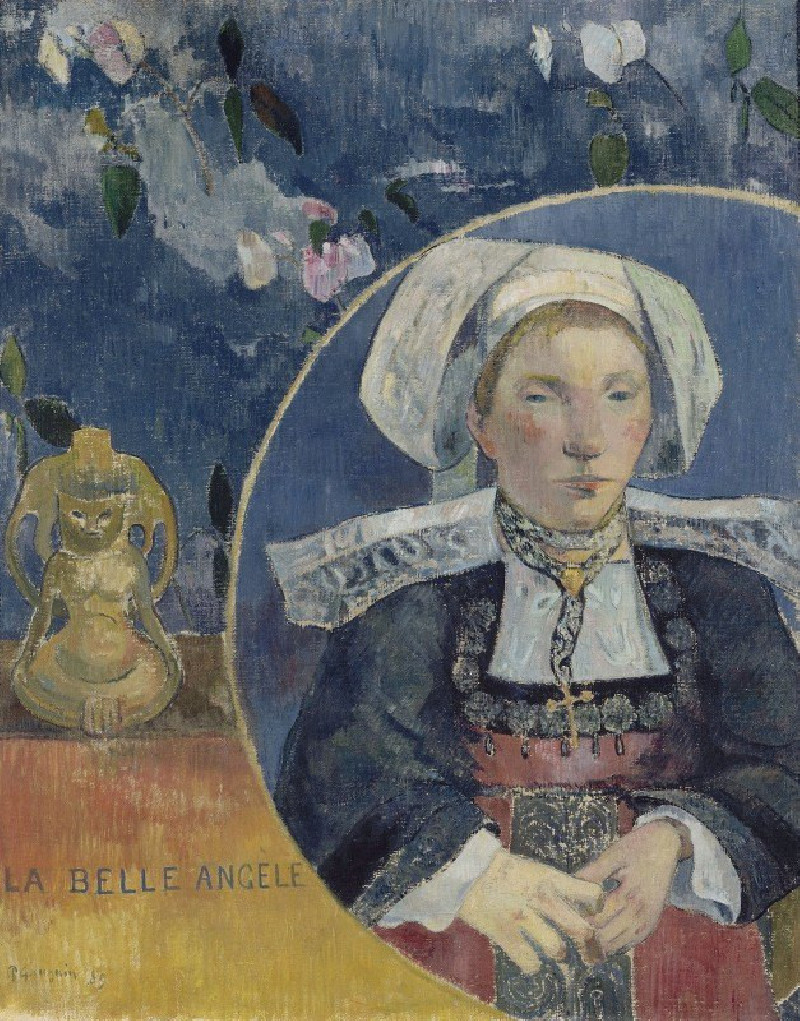
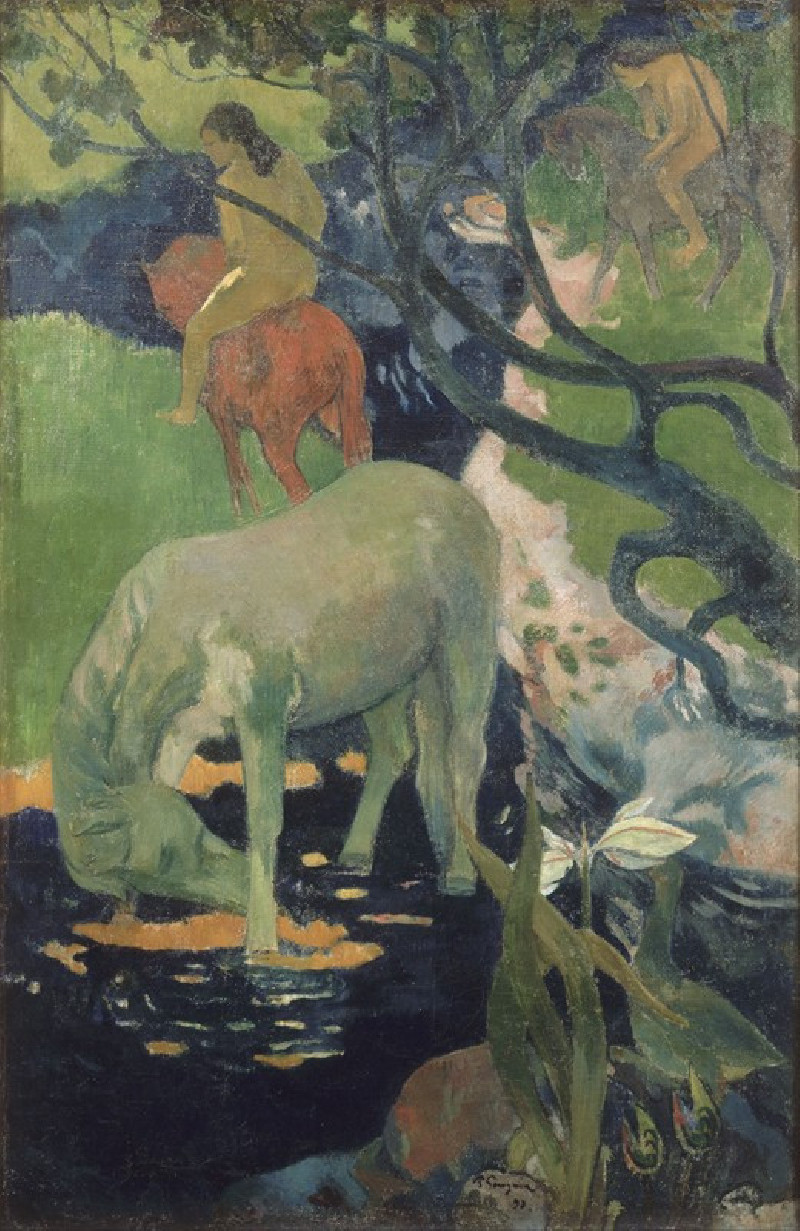
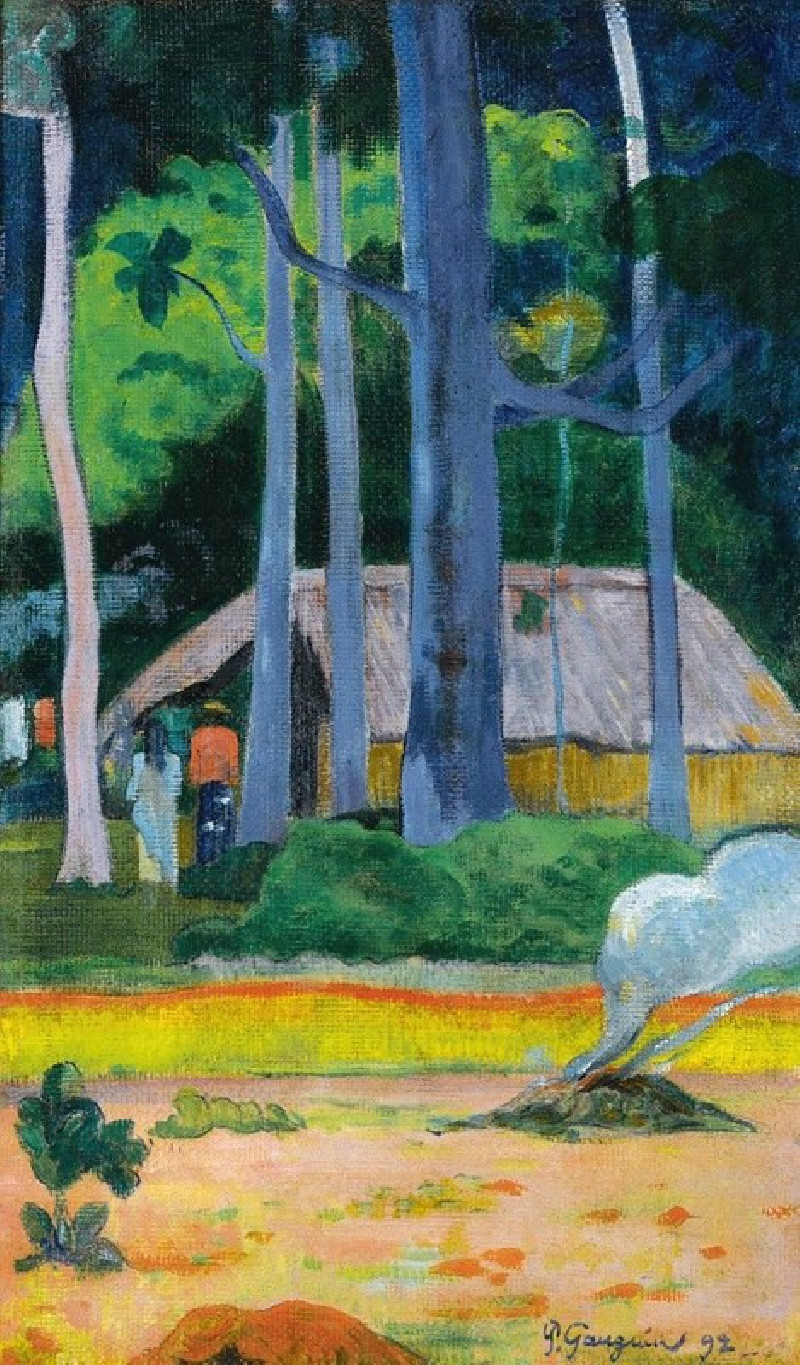


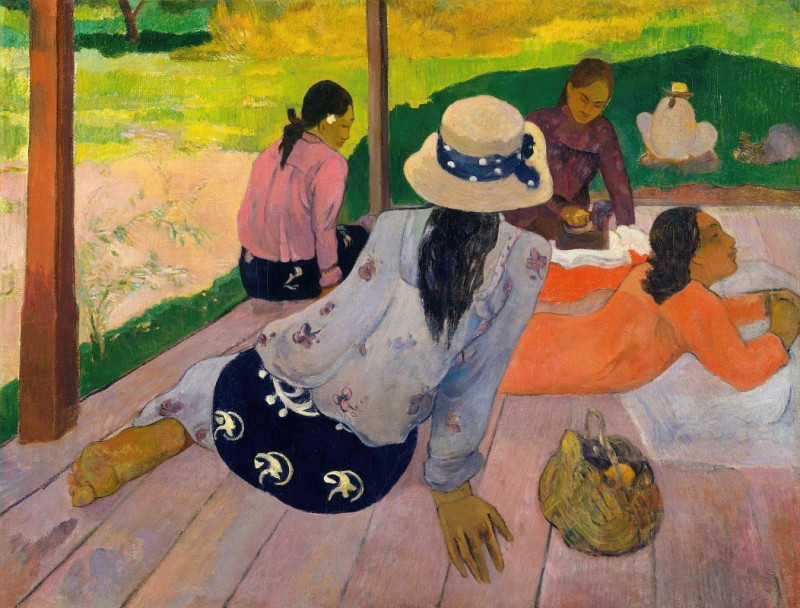
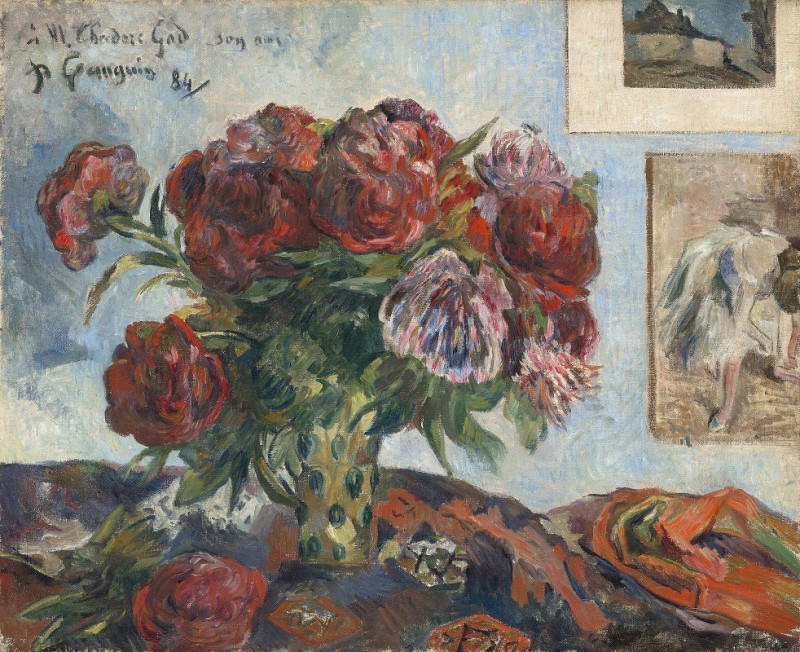
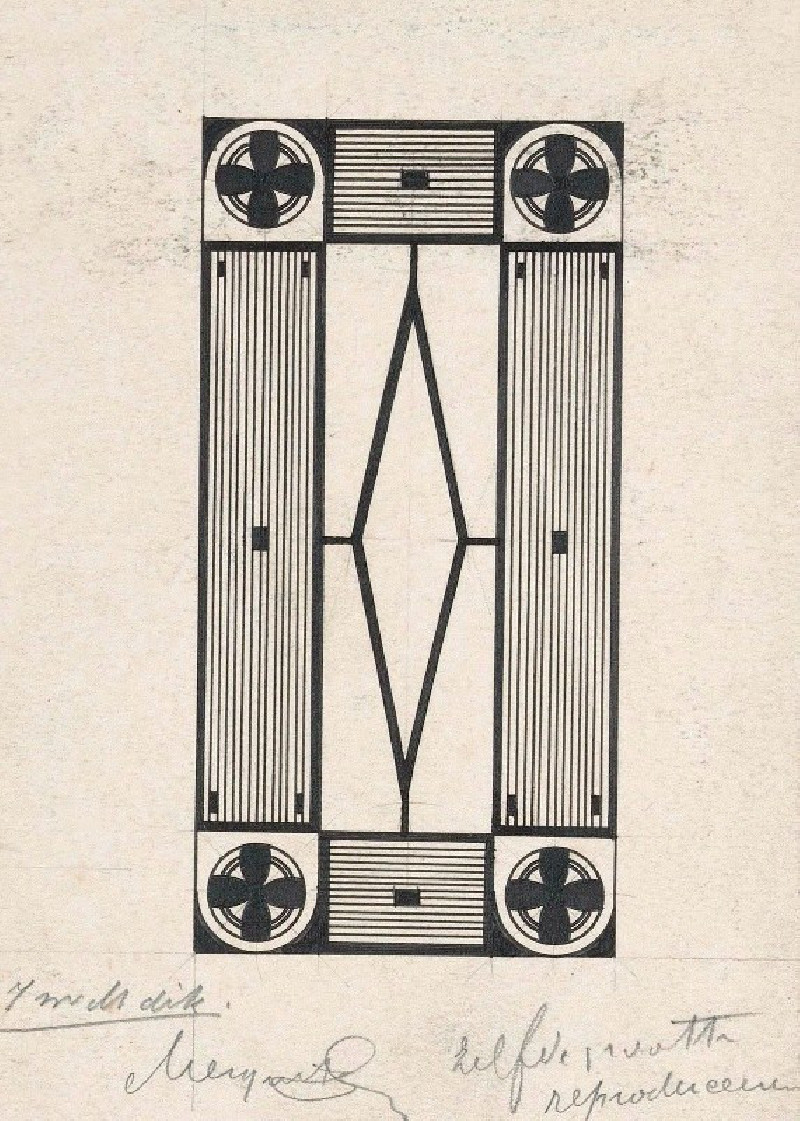
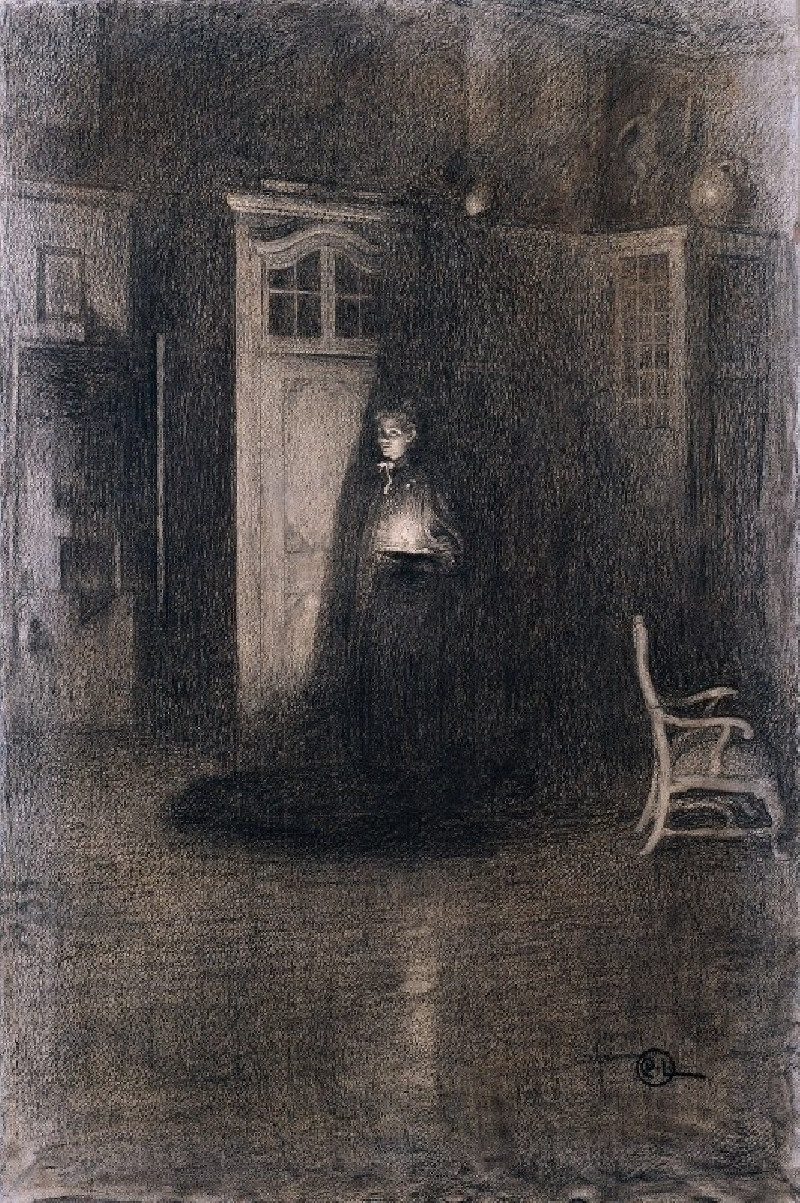
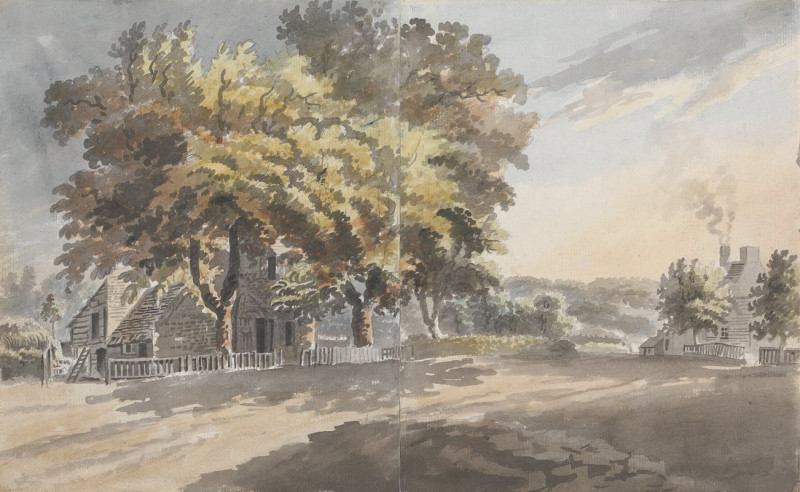


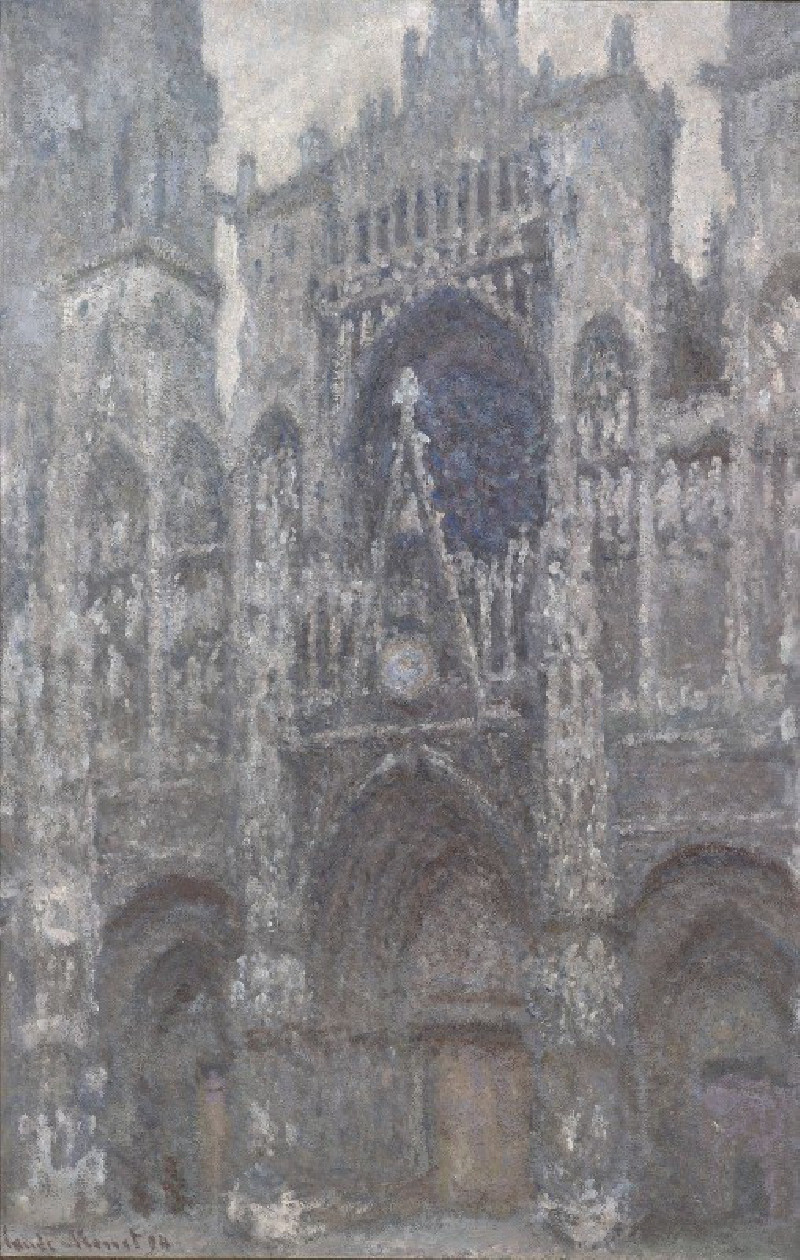


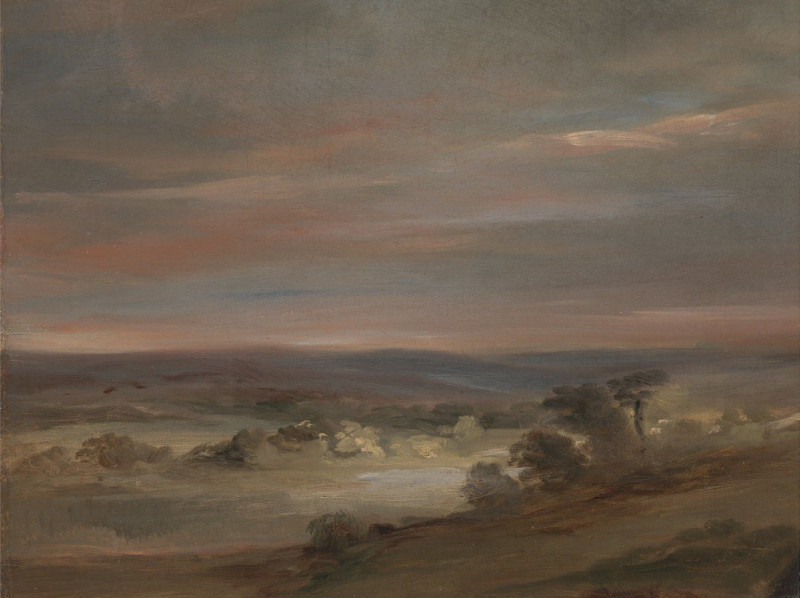
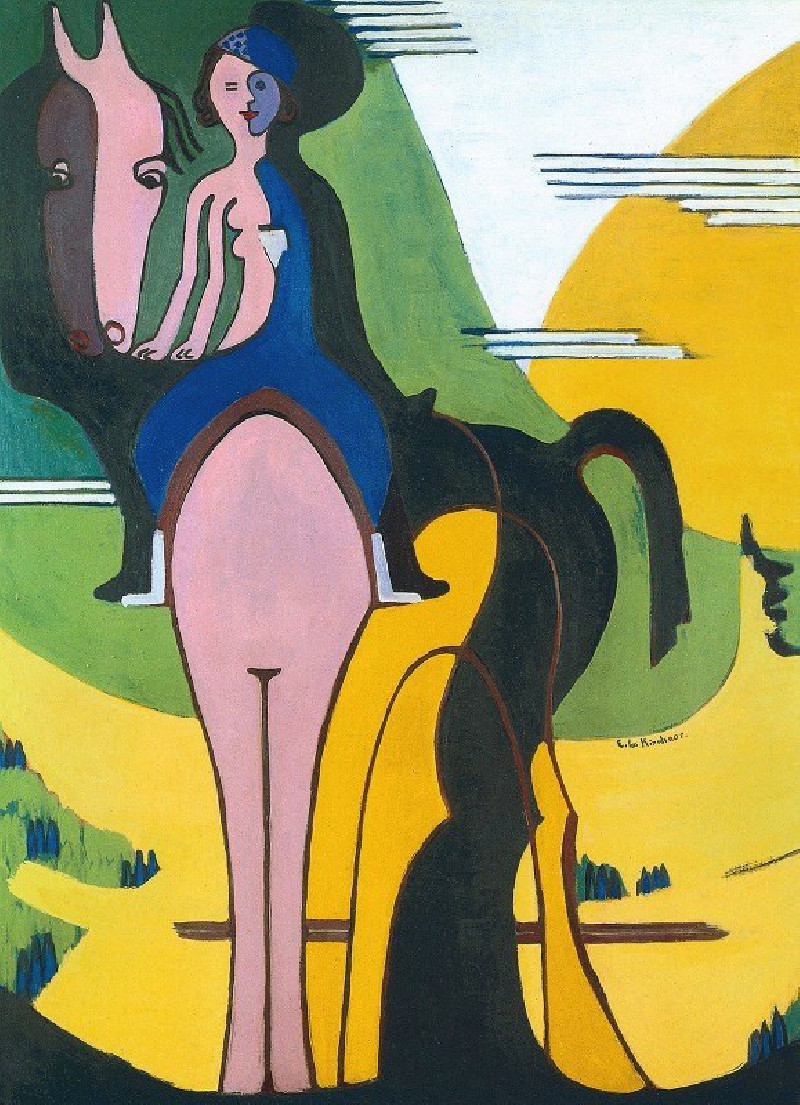
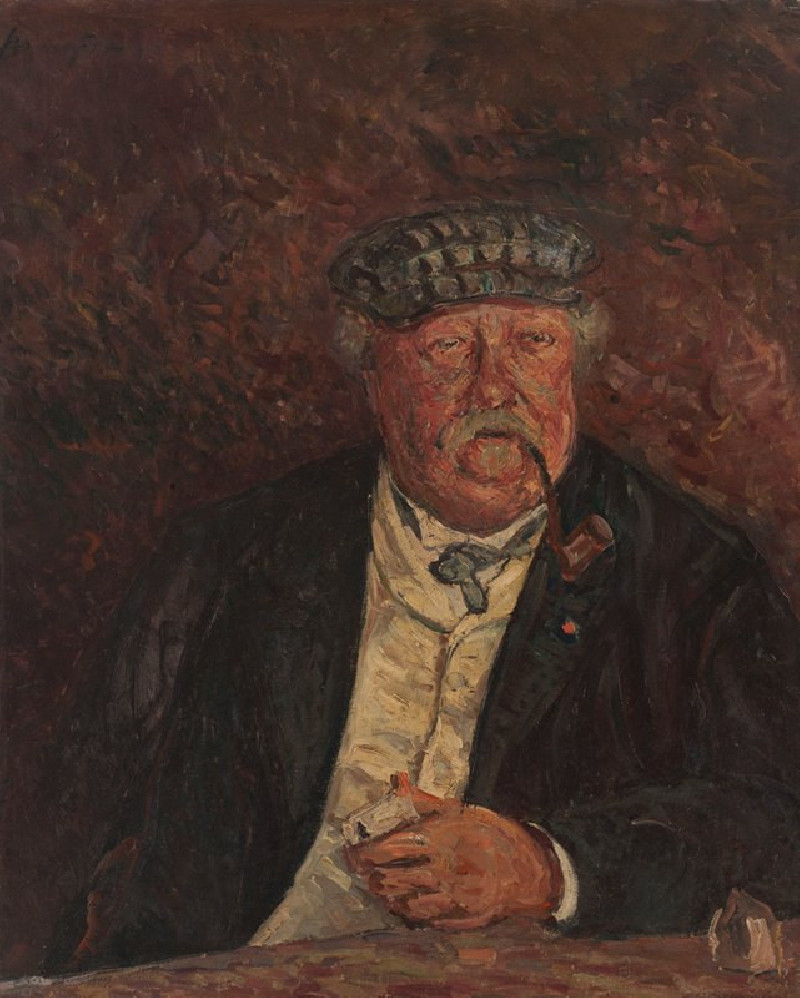
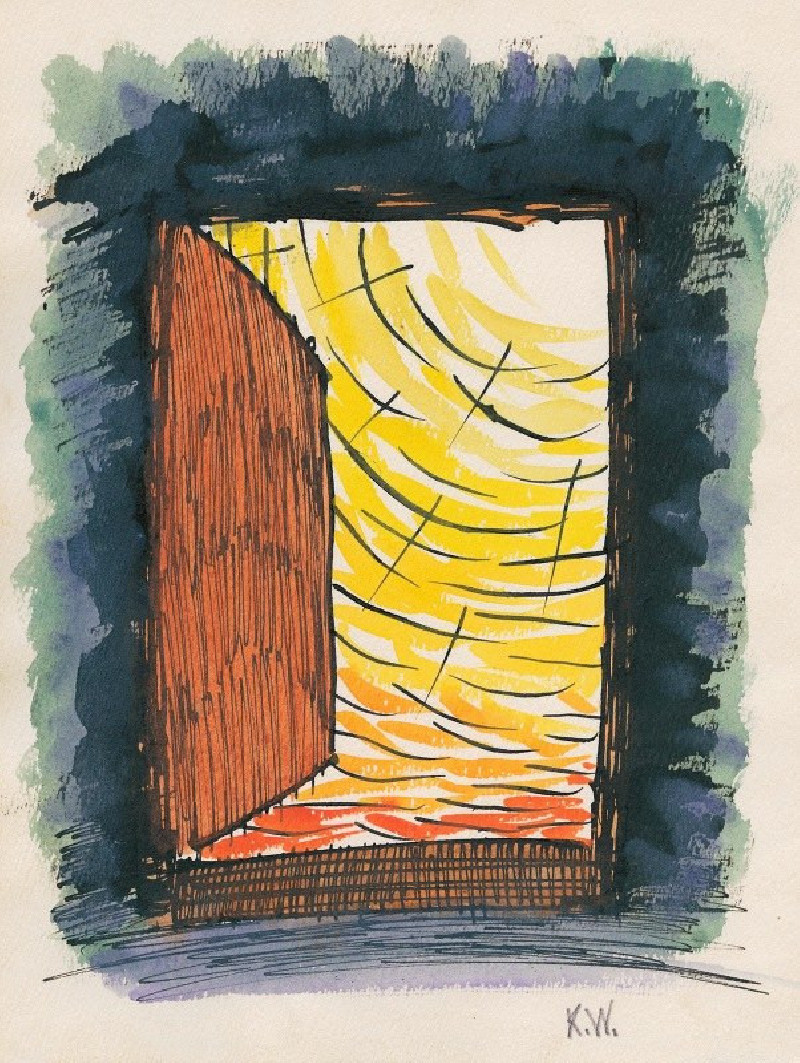
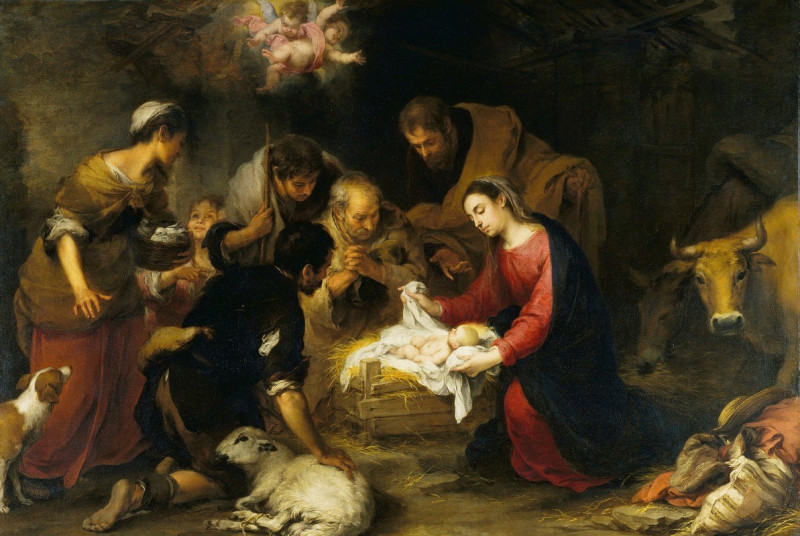

![Moorshedabad [Murshidabad] reproduction of painting by Samuel Davis. ALL GICLEE PRINTS](https://reprodukcijos.lt/44910-large_default/reproduction-of-moorshedabad-murshidabad.jpg)
